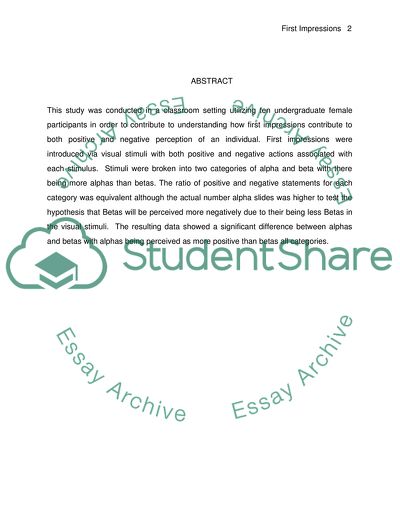Cite this document
(Evaluating First Impressions among Undergraduate Females Using Visual Case Study, n.d.)
Evaluating First Impressions among Undergraduate Females Using Visual Case Study. https://studentshare.org/psychology/1741288-interpersonal-perception-judgement
Evaluating First Impressions among Undergraduate Females Using Visual Case Study. https://studentshare.org/psychology/1741288-interpersonal-perception-judgement
(Evaluating First Impressions Among Undergraduate Females Using Visual Case Study)
Evaluating First Impressions Among Undergraduate Females Using Visual Case Study. https://studentshare.org/psychology/1741288-interpersonal-perception-judgement.
Evaluating First Impressions Among Undergraduate Females Using Visual Case Study. https://studentshare.org/psychology/1741288-interpersonal-perception-judgement.
“Evaluating First Impressions Among Undergraduate Females Using Visual Case Study”. https://studentshare.org/psychology/1741288-interpersonal-perception-judgement.


